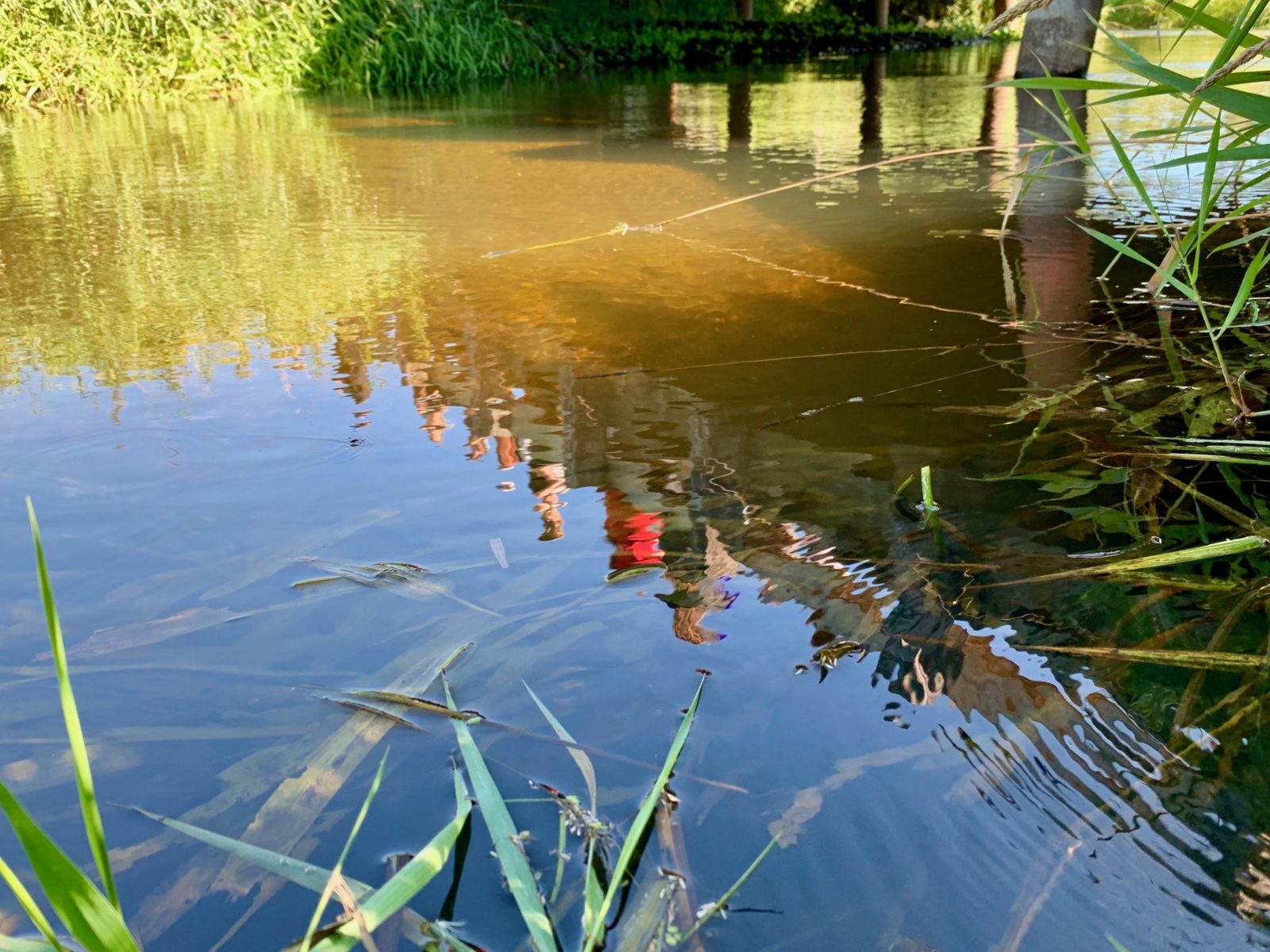The new "Shifting Landscapes" exhibit at the Herman-Grima and Gallier Historic Houses in New Orleans, Louisiana, provides an important opportunity to grapple with the histories of urban enslavement during the antebellum period through the eyes of Laurette, an African-American woman enslaved by the Gallier family. The exhibit is an augmented reality, 360-degree virtual tour of the Gallier House. Embedded in the tour is the historical context about the house itself, the surrounding community in the French Quarter, and the details of Laurette's daily routine and the surviving evidence of her life. This exhibit provides a model for new research on the "Black Rivers" of the Mississippi River Watershed, focusing on African diaspora communities in Pittsburgh, Pennsylvania; Minneapolis-Saint Paul, Minnesota, Omaha, Nebraska; Saint Louis, Missouri; and Bismarck, North Dakota in comparison with the ongoing study of New Orleans. This data, and its presentation using digital humanities tools, opens the emerging fields of analysis regarding historic patterns in the racial wealth gap (both within the United States and around the world) to new generations of scholars.

Students and faculty around the world began to create new virtual and augmented reality projects like Sojourners' Trail - the first interactive, Afrofuturist classroom game. Sojourners' Trail featured a time-traveling framework to explore Black communities at their peak of social and economic vitality, shattering mythologies of intergenerational poverty and dysfunction among African American families. More recent initiatives like Virtual Harlem (Dr. Bryan Carter, University of Arizona), Harambee City (Dr. Nishani Frazier, University of Kansas), Hallowed Grounds (Dr. Hilary Green, Davidson College), and the Colored Conventions Project (Dr. P. Gabrielle Foreman, Pennsylvania State University) have shaped the first generation of Black digital scholarship that continues to transform the global academy.
An explosion of academic and public policy work has transformed the landscapes of the African diaspora and opened the door to an enduring revolution in Indigenous design. The T. Thomas Fortune Cultural Center in New Jersey was once the most endangered historic site in the United States. Now it stands as a model for the future of economic development and historic preservation. In the same year, Marvel Studios' Black Panther established an unprecedented standard for the portrayal of Afrofuturist design, inspiring thousands of new research and design projects. This excitement about the historical and educational work to preserve historic sites across the African diaspora was just beginning in 2018. The book Cities Imagined offered a framework to connect the traditions of Black architecture and design with the media presentations of Black spaces and places (and their absence).
For more information, please consult the Macalester College historical research guides (especially the Wakanda Syllabus and the Racial Violence Syllabus) in addition to the following scholarly resources:
Debbie Lee and Kathryn Newfont, eds., The Land Speaks (Oxford UP, 2017)
Sheena Howard, ed., The Encyclopedia of Black Comics (Fulcrum, 2017)
Walter Greason and David Goldberg, eds., Industrial Segregation (Kendall Hunt, 2018)
Walter Greason and Julian Chambliss, eds., Cities Imagined (Kendall Hunt, 2018)
Wendel White, Schools for the Colored (Push Pull, 2022)
Juliet E.K. Walker, The History of Black Business in America (Simon and Schuster, 1998)
Robert Weems, Desegregating the Dollar (NYU Press,1998)
The Journal of the Society of Architectural Historians
Planning Perspectives
Journal of African American History
Journal of American History
American Historical Review
Journal of Planning History

